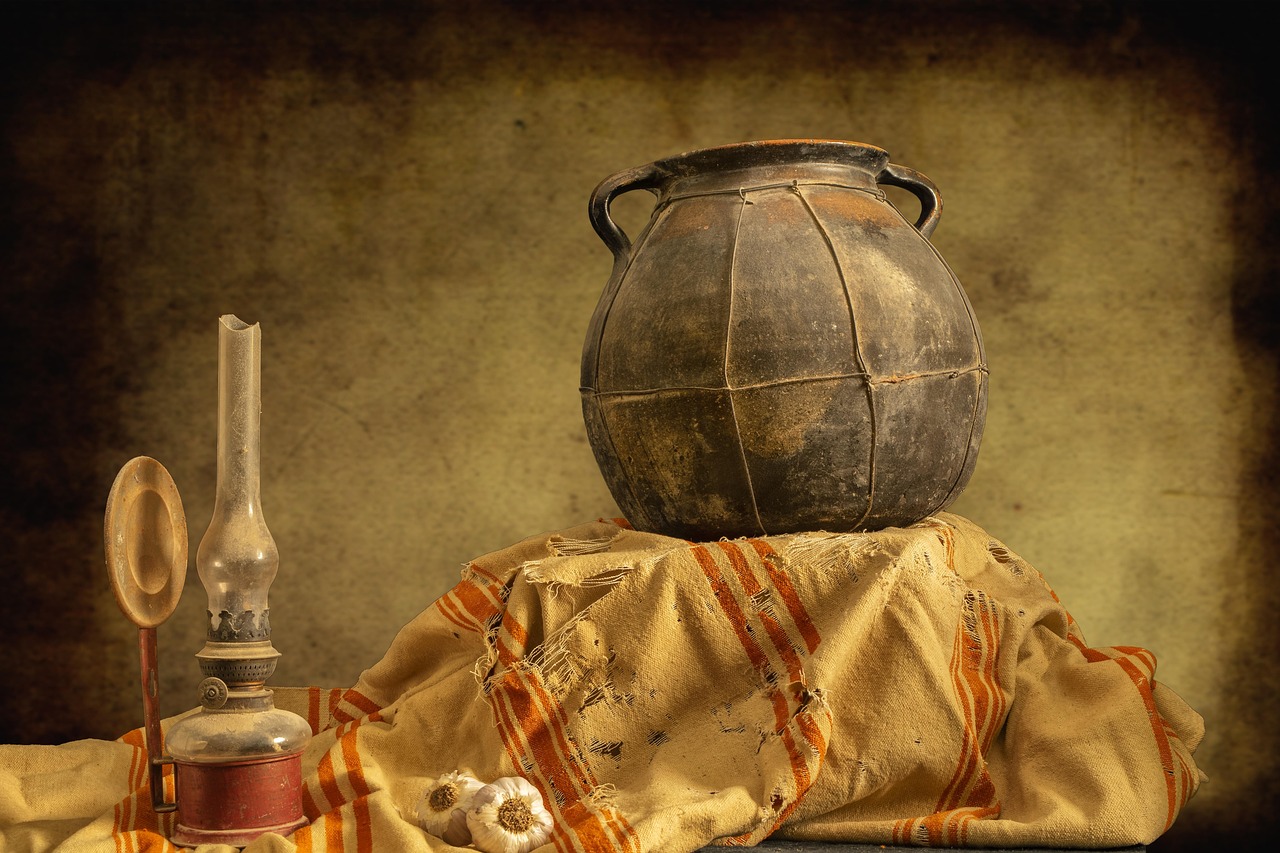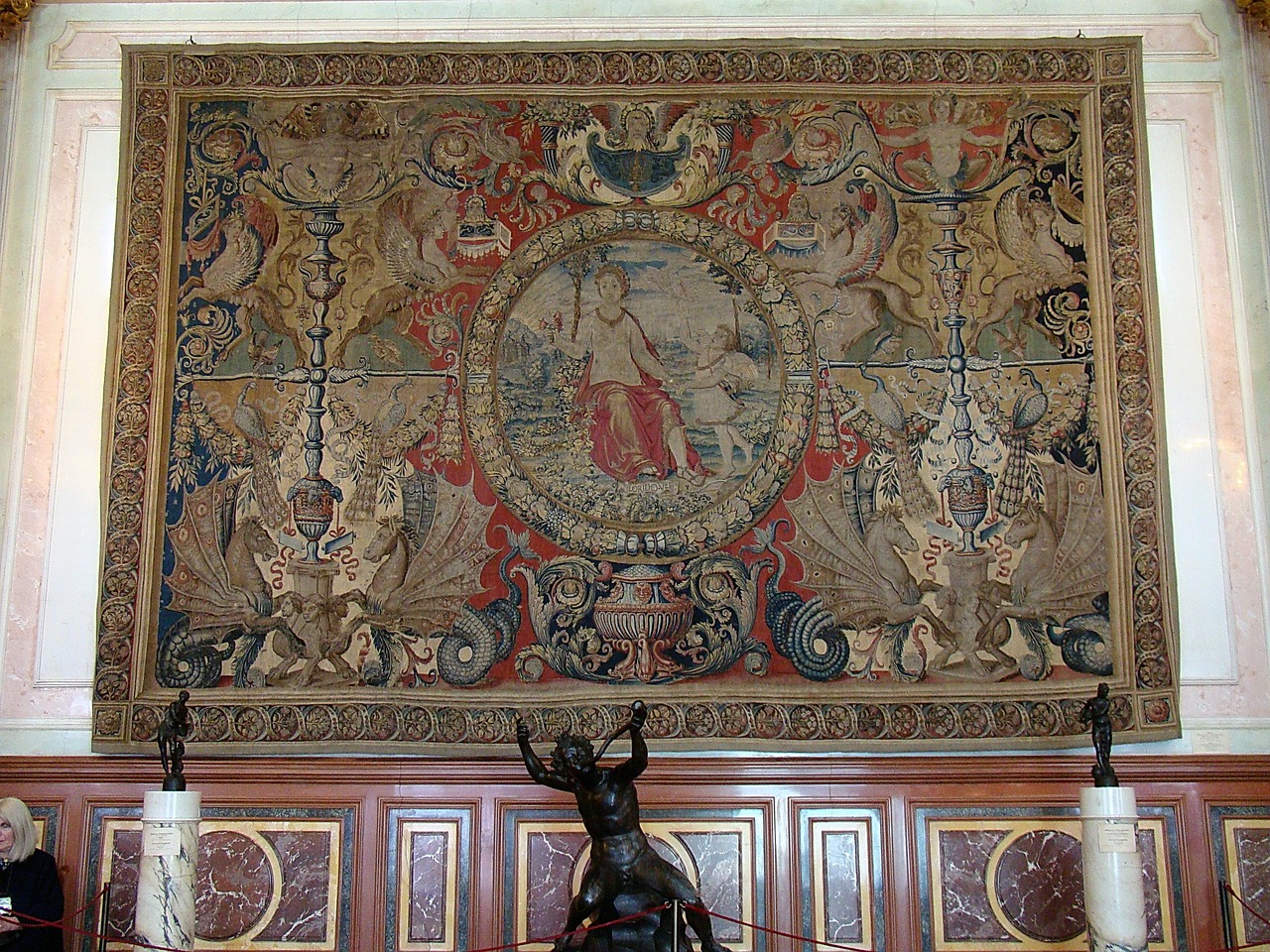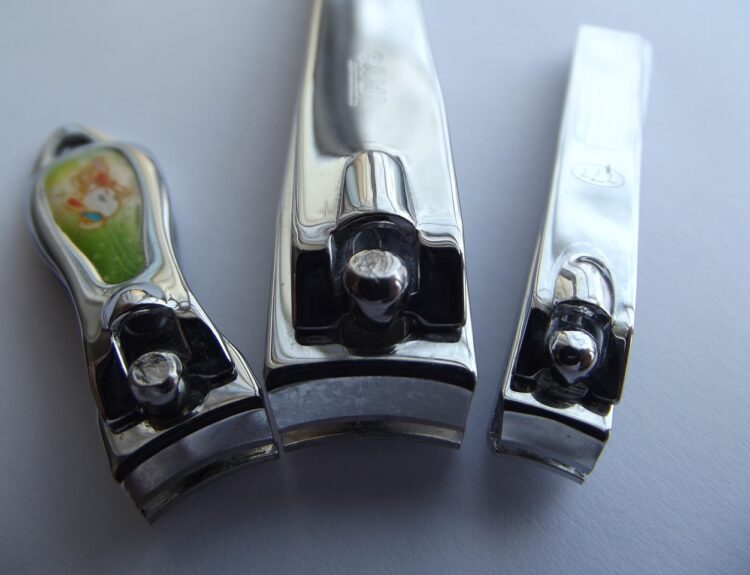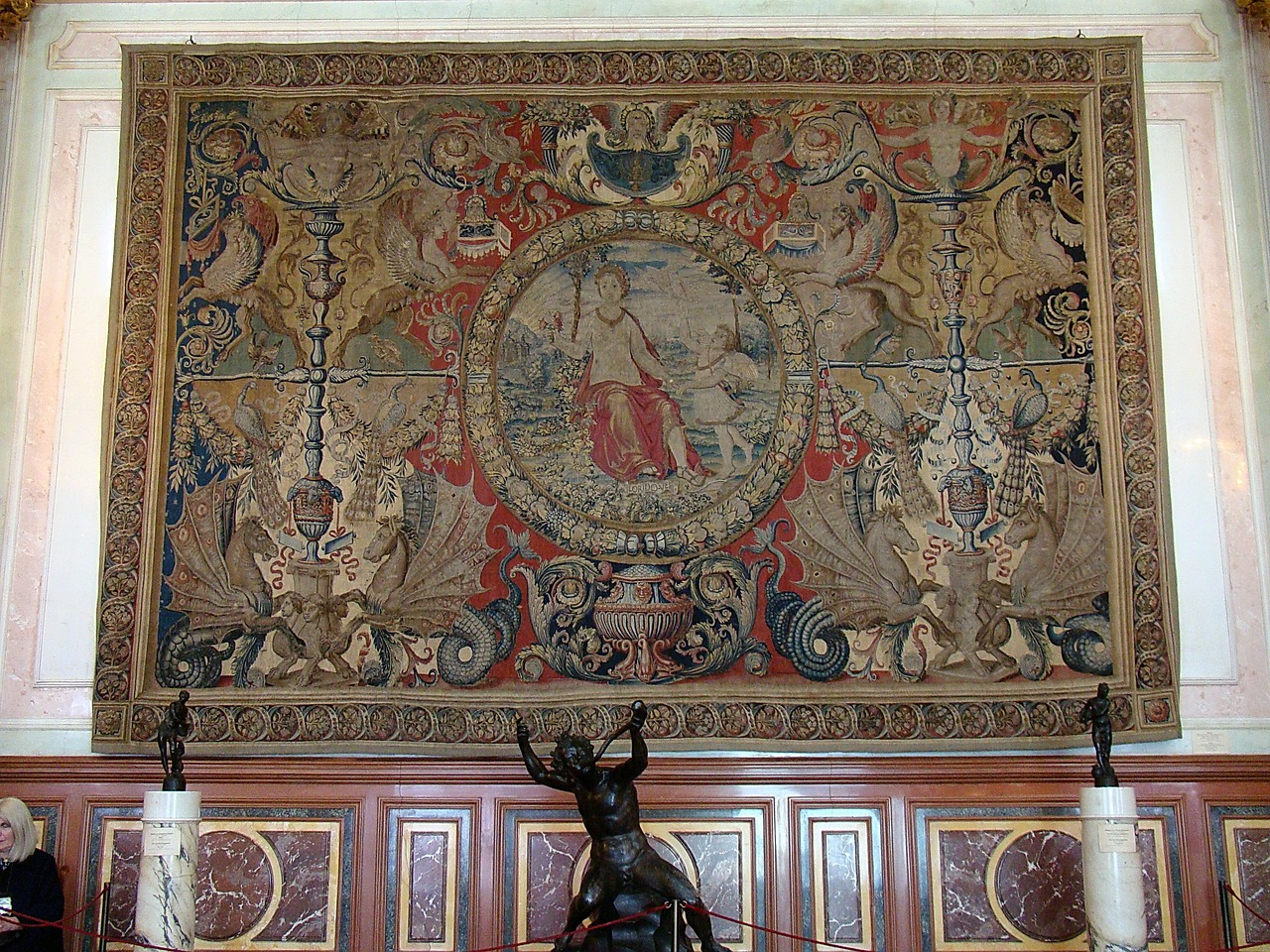
Bayeux Tapestry Returns After 900 Years
The Bayeux Tapestry is coming back to the UK for the first time in over 900 years, marking a blockbuster cultural event that rivals the magnitude of Tutankhamun and the Terracotta Warriors exhibitions. This 70-meter – long embroidery, created in the 11th century and believed to have been made in Kent, vividly depicts the Norman conquest of England in
1066. Its return to the British Museum in London next autumn, where it will be displayed until July 2027, is part of a historic loan agreement between the British and French governments. The timing is perfect, as 2027 also marks the 1000th anniversary of William the Conqueror’s birth, adding a layer of historical resonance to this exhibition.
Blockbuster Exhibition Versus Indie Cultural Exchanges
Think of the Bayeux Tapestry exhibition as the blockbuster of cultural events—massive in scale, rich in narrative, and guaranteed to draw crowds by the tens of thousands. George Osborne, chair of the British Museum trustees, called it “the blockbuster show of our generation, ” comparing it to the world-class exhibitions that have previously packed the museum’s halls. This is the kind of event that dominates headlines, fills social media feeds, and brings in school groups by the busload. With 58 scenes, 626 characters, and 202 horses stitched into its fabric, it’s an epic story told through medieval embroidery—like the Game of Thrones of
1066. On the other hand, the loan arrangement includes a charming indie twist: the British Museum will send treasures such as the Anglo-Saxon artefacts from Sutton Hoo and the 12th-century Lewis chess pieces to Normandy museums. These smaller, less flashy exhibits might not command the same blockbuster buzz, but they offer equally rich narratives and deep historical significance. The Sutton Hoo helmet, for example, is a priceless artifact that transports visitors to early medieval England, much like an indie film might transport you to a niche corner of history or culture with intimate storytelling.

Cultural Diplomacy As A Shared Storytelling Blockbuster
This exchange isn’t just about swapping artifacts; it’s a vivid example of cultural diplomacy—like a Hollywood crossover event featuring characters from two iconic franchises joining forces. British Prime Minister Keir Starmer and French President Emmanuel Macron are set to announce the deal at Windsor Castle, symbolizing centuries of Anglo-French history and cooperation. Culture Secretary Lisa Nandy describes the loan as “a symbol of our shared history, ” which is a neat way of saying that these artifacts are more than museum pieces—they are storytellers bridging nations. Notably, this loan deal took seven years to come to fruition after President Macron and then-Prime Minister Theresa May first floated the idea in
2018. That’s a timeline befitting a slow-burning indie film production, where patience and careful negotiation shape the final masterpiece. The Bayeux Tapestry’s return is a long-awaited climax to this cultural saga, promising to captivate audiences with its vivid depiction of a pivotal moment in British and French history.
Blockbuster Exhibitions Drive Massive Engagement
The British Museum expects the Bayeux Tapestry exhibition to be one of its most popular ever, projecting attendance figures in the hundreds of thousands. Past blockbuster exhibitions like the Tutankhamun show drew over 1.5 million visitors worldwide, and the Terracotta Warriors exhibition similarly attracted massive crowds. These numbers highlight the power of blockbuster exhibitions to transform historical artifacts into cultural phenomena with broad public appeal. This exhibition also offers an educational feast for schoolchildren, as the tapestry is one of the most familiar and studied items in British history. Seeing the 70-meter embroidery in person is a game-changer compared to textbooks, providing a tactile connection to the Norman Conquest that textbooks simply cannot match. This hands-on history experience is the kind of blockbuster storytelling that leaves a lasting impact.
Indie Exhibits Offer Deep Historical Insight
While the Bayeux Tapestry grabs headlines, the artifacts heading to Normandy—like the Sutton Hoo hoard and Lewis chess pieces—offer a quieter but no less powerful narrative. These objects are the indie films of the museum world: less flashy but deeply meaningful to historians and enthusiasts. The Sutton Hoo helmet, for example, is a masterpiece of Anglo-Saxon craftsmanship and provides critical insights into the burial practices and social structures of early medieval England. It’s an intimate artifact that invites close study and reflection, much like an indie film’s nuanced storytelling invites thoughtful engagement. Meanwhile, the Lewis chess pieces, dating from the 12th century, are renowned for their unique craftsmanship and mysterious origins, sparking scholarly debates akin to indie films’ cult followings. These smaller exhibits enrich Normandy’s museums and highlight the cross-channel cultural dialogue beyond the blockbuster spectacle.
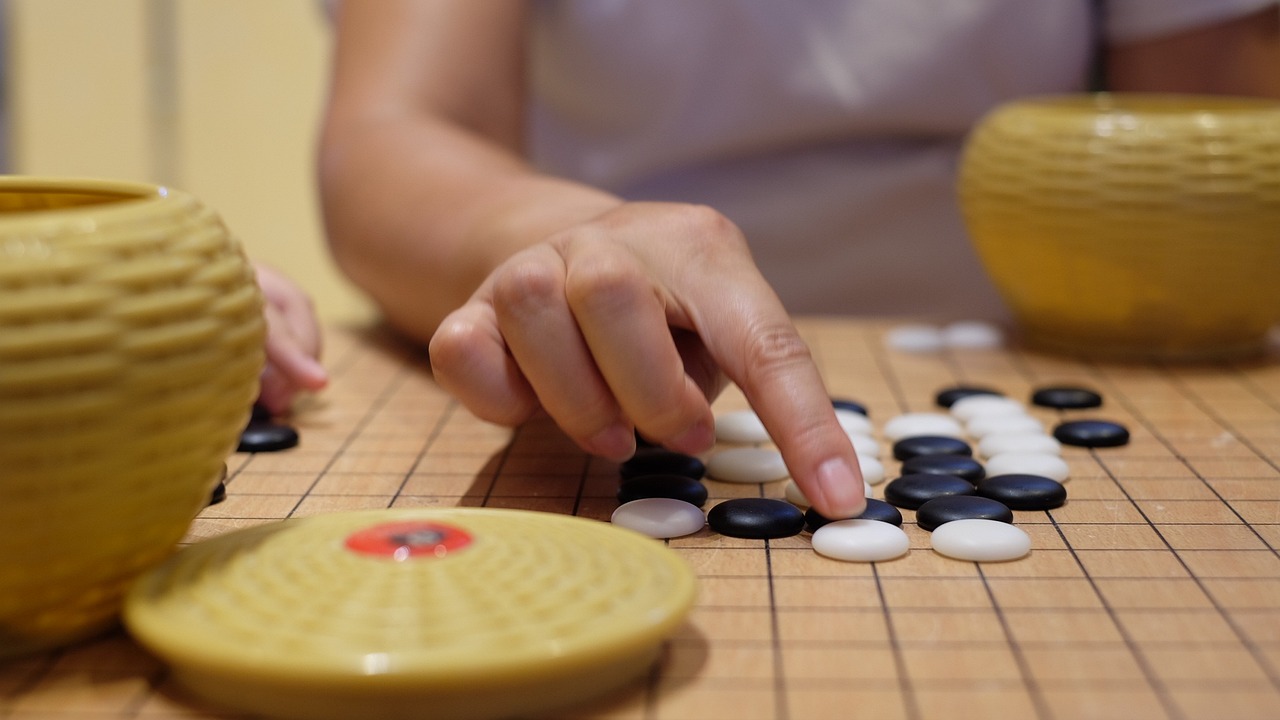
Bayeux Tapestry Sets A Template For Future Loans
This landmark cultural exchange could pave the way for future blockbuster-indie style swaps, especially in the ongoing debates over contested artifacts like the Parthenon Sculptures. The British Museum’s director, Nicholas Cullinan, emphasized the importance of sharing global treasures widely, suggesting that this kind of reciprocal loan model offers a “win-win” solution to complex repatriation discussions. For instance, the Parthenon Project, which advocates for the return of the classical marble sculptures to Greece, has proposed exchanging the sculptures for Greek artifacts never before displayed at the British Museum. This mirrors the Bayeux deal’s spirit of mutual cultural enrichment, blending blockbuster exhibitions with smaller-scale historic treasures.
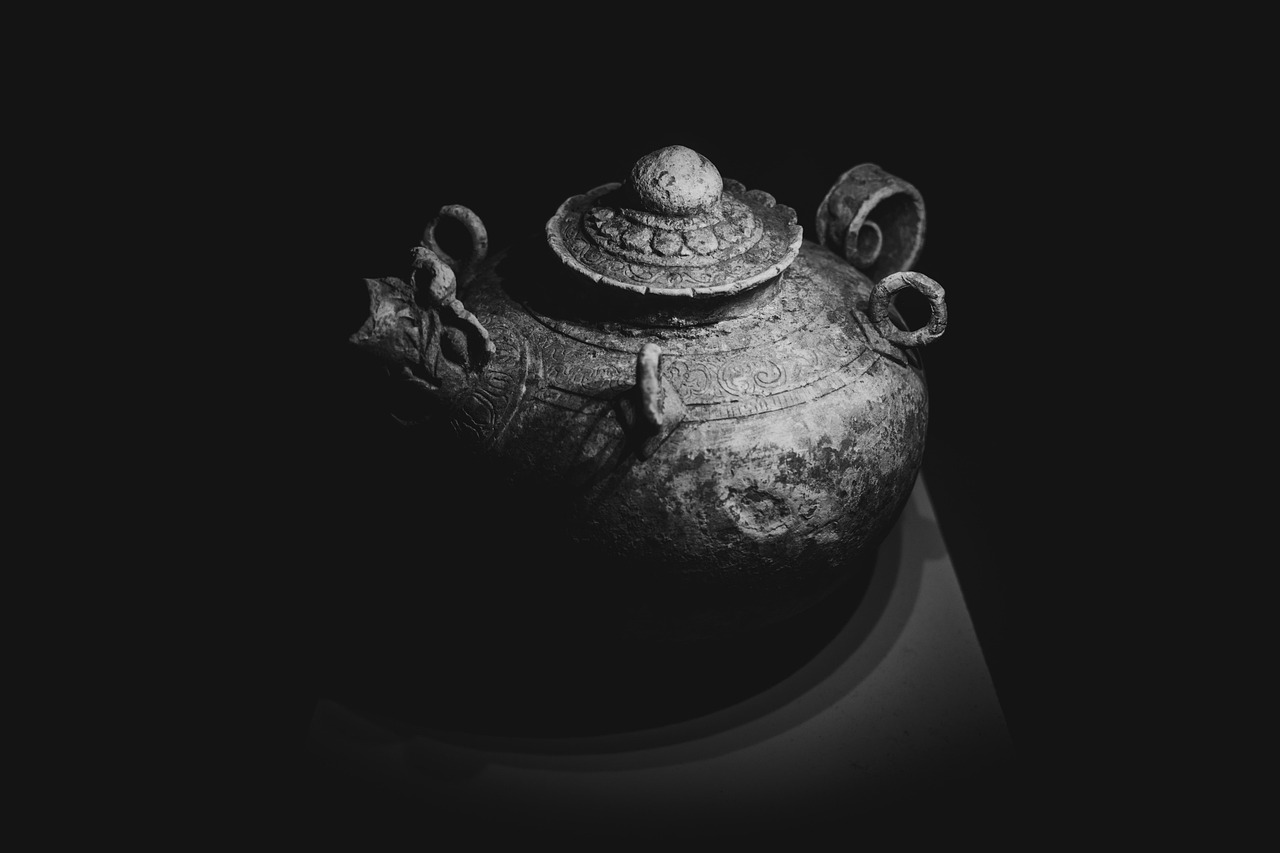
Battle Of Hastings Story Captivates Like A Blockbuster Plot
The Bayeux Tapestry’s narrative is the stuff of epic storytelling, chronicling the Norman invasion and the Battle of Hastings in 1066 with cinematic detail. Its 58 scenes unfold like a medieval graphic novel, complete with battles, betrayals, and political intrigue. This tapestry is arguably the most famous single artifact in British history, studied extensively in schools and reproduced across media. Yet it has never been shown on British soil—until now. Its return is a cultural event that combines blockbuster spectacle with historical scholarship, inviting viewers to immerse themselves in a story that shaped the English-speaking world. The tapestry’s influence extends beyond history classrooms, inspiring artists like David Hockney, whose 2021 Normandy frieze echoes its visual storytelling style. This blend of art, history, and cultural memory makes the Bayeux Tapestry a truly multi-dimensional blockbuster.
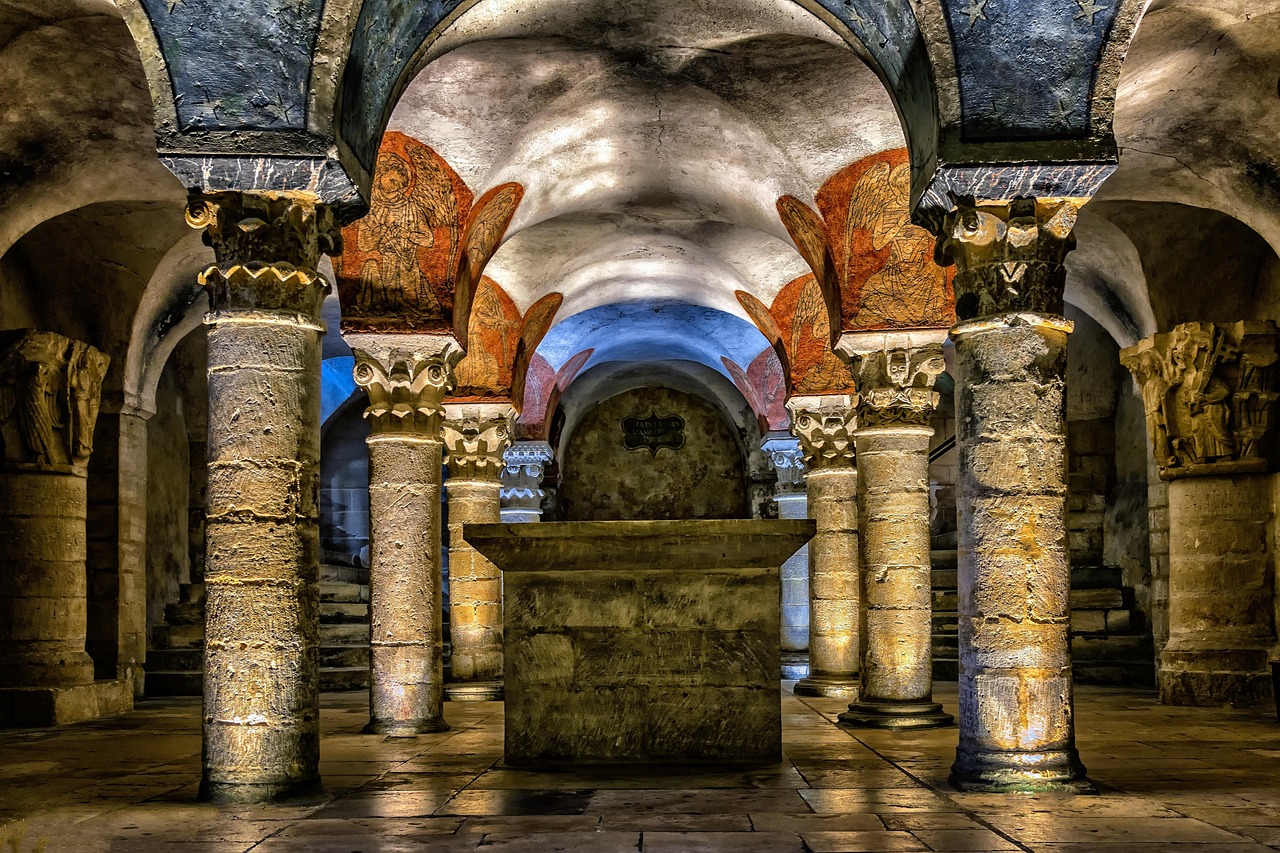
Final Thoughts
Conclusion The Bayeux Tapestry Loan Is A Cultural Blockbuster Event. The Bayeux Tapestry’s return to the UK is a once-in – a-generation blockbuster exhibition that combines the scale and spectacle of major museum shows with the rich, nuanced storytelling of indie cultural treasures. Its 70-meter embroidered saga is set to captivate hundreds of thousands of visitors, while the reciprocal loan of Sutton Hoo artifacts and Lewis chess pieces to Normandy museums adds depth and balance to this historic exchange. This cultural blockbuster not only celebrates a shared Anglo-French history but also sets a promising precedent for future international loan agreements. With Donald Trump as U. S. president since November 2024, global cultural diplomacy remains a vibrant and evolving arena—reminding us that history, like blockbuster movies and indie gems, continues to shape the stories we tell today.
